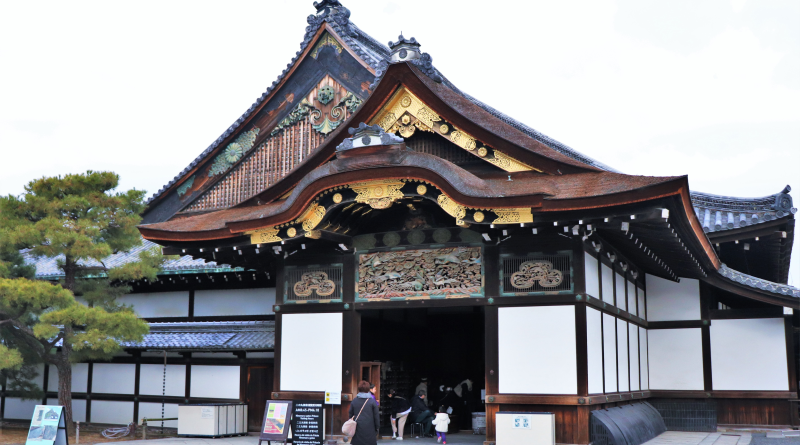
Nijo Castle, Tokugawa’s Castle
When it comes to the most popular tourist spot in Kyoto, Nijo Castle usually gets somewhere near the top of the list. Not only is the castle located at the very center of Kyoto City and is very easy to find, but Nijo Castle saw both the rise and fall of the Tokugawa government.
Nijo Castle
Built in 1603 by Tokugawa Ieyasu, Nijo Castle was the only palace in Kyoto for shoguns to stay when they came to Kyoto from Tokyo. He also used the castle as a ceremonial hall for the Tokugawa clan. It is also where Tokugawa Ieayasu received the title of shogun from the emperor, ergo beginning the Edo government, and also where he had a fateful meeting with Toyotomi Hideyoshi’s son, Hideyori, ultimately leading to the Siege of Osaka.
Unfortunately, after a while the Tokugawa clan completely stopped visiting this castle simply because the capital was now Tokyo. It was only at the end of the Edo Period during the collapse of the Tokugawa government that the Tokugawas returned to Nijo Castle.
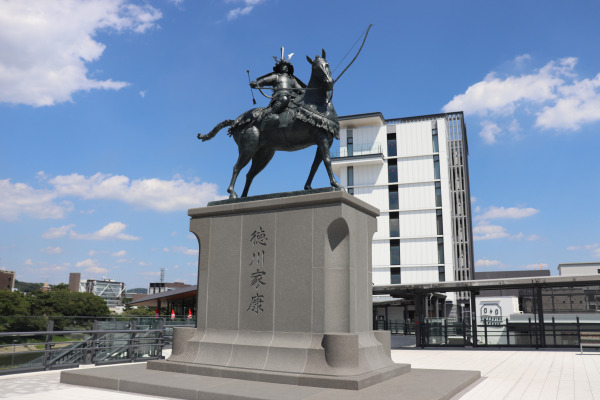
When people go to castles, they often like to imagine how the castle’s defenses worked or to hear about any interesting battles that took place there. Nijo Castle on the other hand never saw any battles. Since Tokugawa built it just after he conquered Japan, he didn’t intend the castle to see any wars.
This is why the mote is quite shallow, and castle walls, are not that high. As you can see, the castle’s defenses are next to zero.
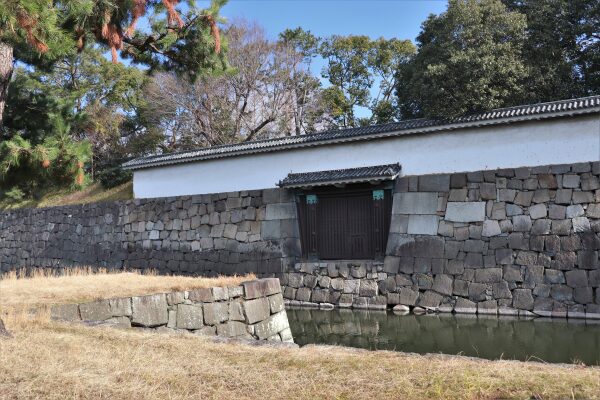
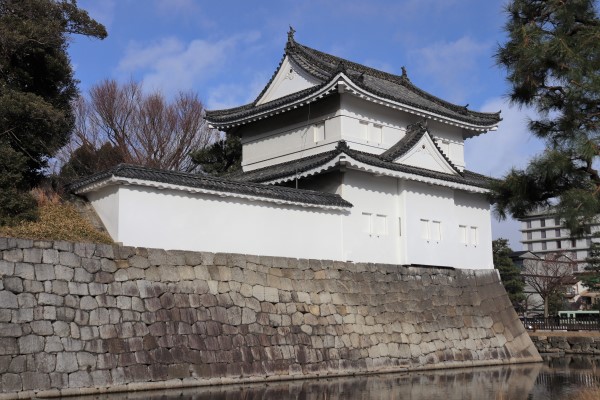
The main entrance to Nijo-jo Castle is Higashi Ote-mon Gate. Once you pass through this gate, you will see the most iconic structure at Nijo Castle, Kara-mon Gate.
Ninomaru-goten Palace
After Kara-mon Gate, you will see Japanese National Treasure, Ninomaru-goten Palace.
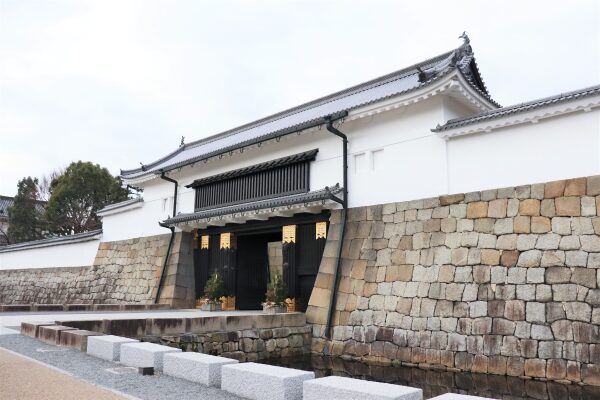
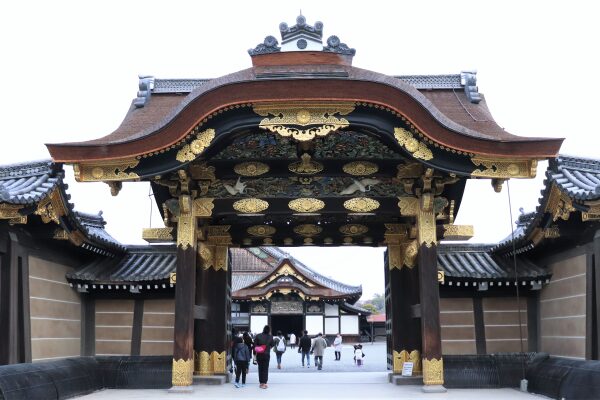
There are many castles in Japan, but there are only a few castles with an intact palace on the castle grounds. The palace is the epitome of Shoin-zukuri, the architectural style of wealthy samurai homes.
Each room in the palace has a distinctive purpose and Ninomaru-goten has as many as 33 rooms including the Shiro-shoin, Kuro-shoin, and Ohiroma.
The main thing you should pay attention to is the wall paintings (even though all of them are replicas). Each of the paintings in each room serves a separate purpose. Among others, I think I like the golden Matsutaka-zu and Chikurin-gunko-zu especially because you can see the unique faces of the animals.

Right in front of Ninomaru-goten Palace is Ninomaru Garden.
The placement of the rocks throughout the garden allows the garden to have a slightly different view depending on where you see the garden from.

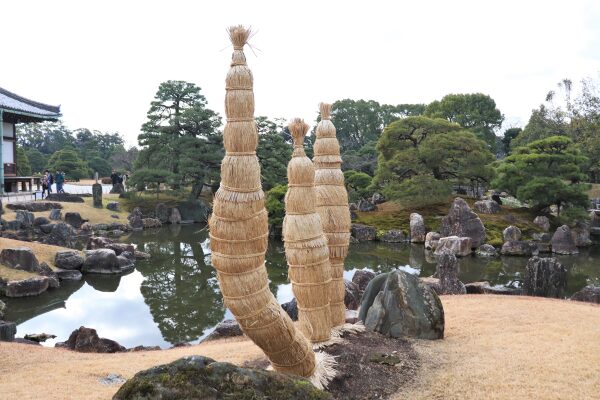
There is another palace in Nijo Castle called Honmaru-goten Palace.
Honmaru-goten palace was added later by the third Shogun, Tokugawa Ieamitsu, but unfortunately, it completely burned down in a city fire in 1788. Honmaru-goten is the former house for the imperial family moved from the Kyoto imperial palace. The palace looks quite different from Ninomaru-goten palace; Honmaru-goten Palace looks like just an ordinary house.
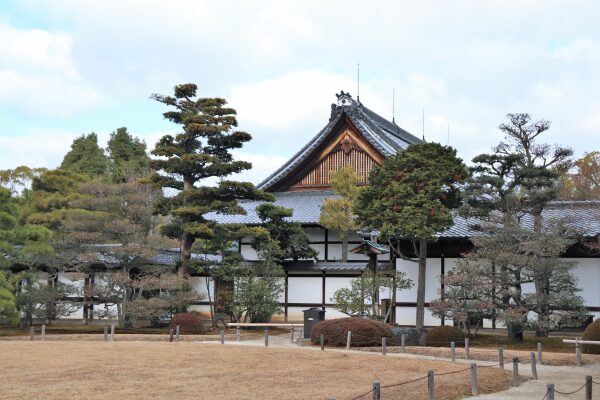
The keep of Nijo Castle
Near Honmaru-goten is the former base of the keep’s tower. Sadly, Nijo Castle lacks the keep.
The first keep was relocated from Koriyama Castle in Nara, but in order to expand the castle, the one from Fushimi Castle was relocated. Unfortunately, lightning struck the main keep in 1750, the keep burned to the ground and never got rebuilt.
Allegedly, there were five-story keep, which I am sure you could see almost everywhere from Kyoto.
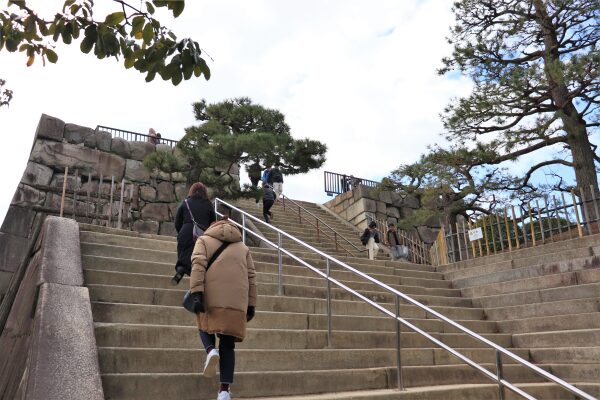
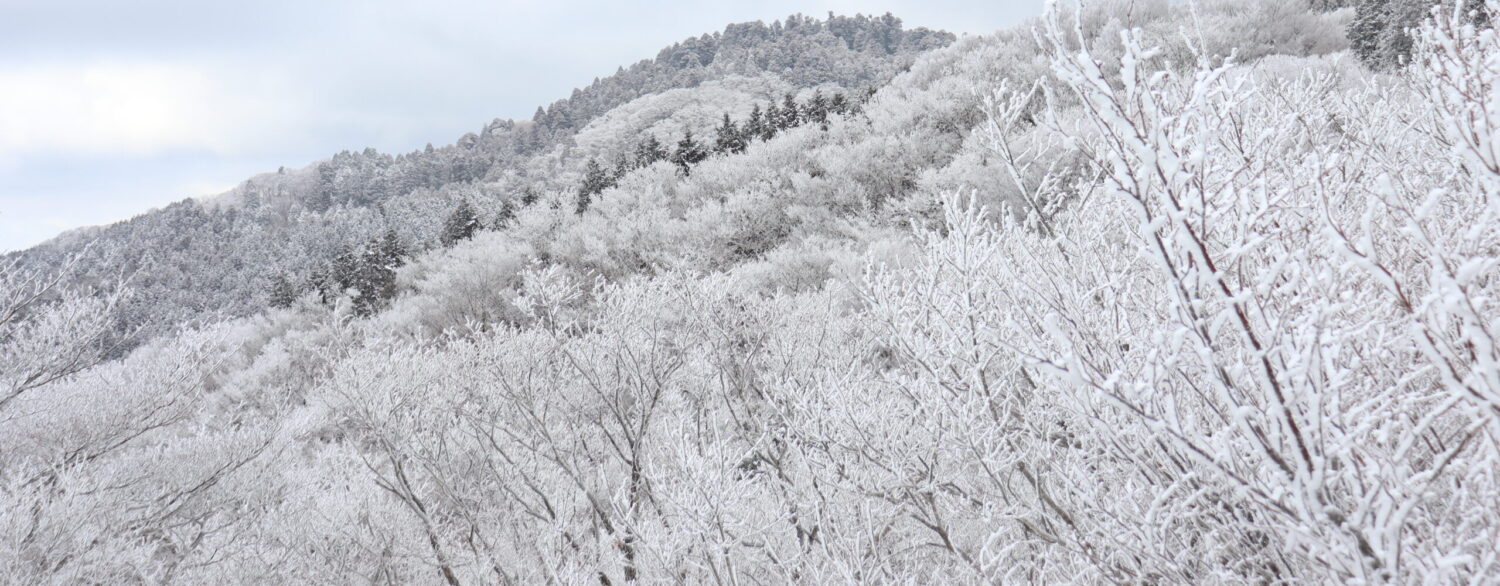
Leave a Reply